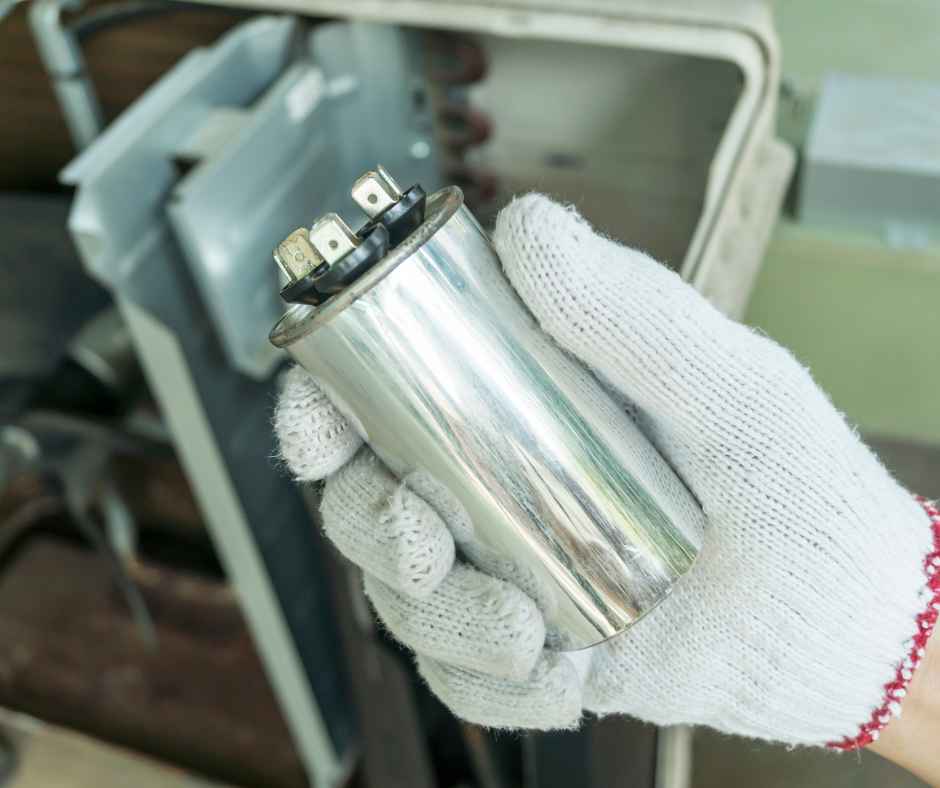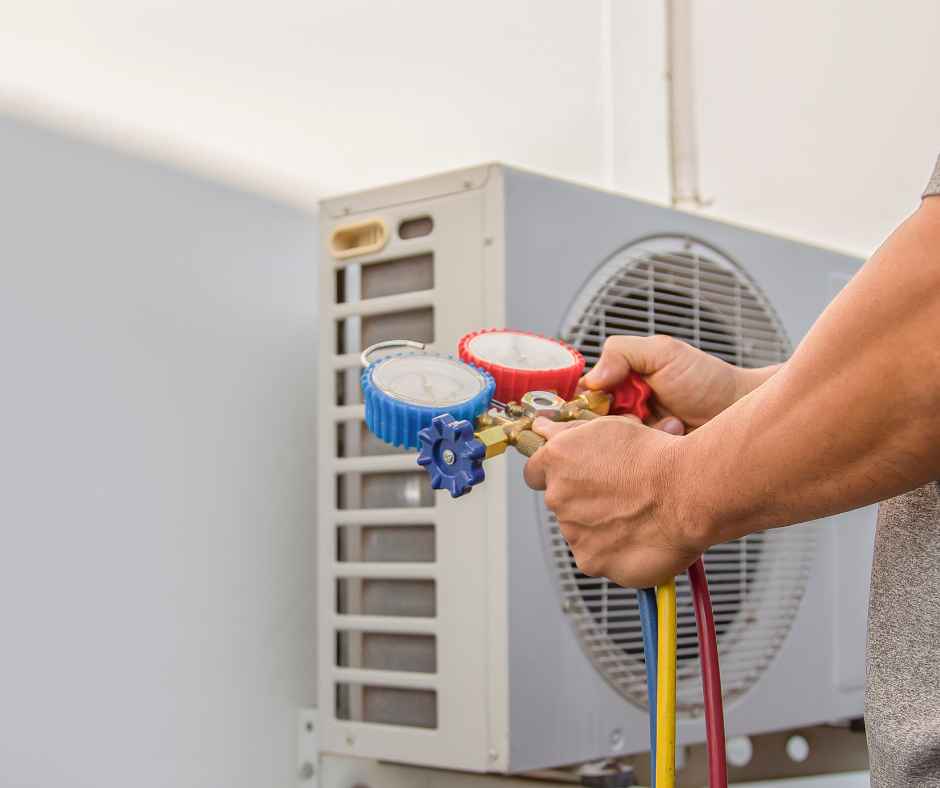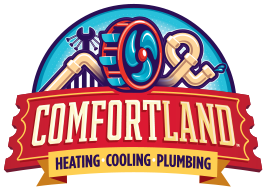
When it comes to heating your home, selecting the right size furnace is crucial. A system that’s too small will struggle to maintain comfort, while an oversized unit can waste energy and cause uneven heating. One of the most important factors in choosing the right furnace is understanding the concept of British Thermal Units, or BTUs. But exactly how many BTU do I need? In this blog, we’ll explain what BTUs are, how to calculate the proper amount for your home, and why getting the right furnace size is essential for efficiency and comfort.
What Is a BTU?
A British Thermal Unit (BTU) is a unit of measurement for heat. Specifically, it’s the amount of heat required to raise the temperature of one pound of water by one degree Fahrenheit. When it comes to heating systems, the BTU rating indicates how much heat the furnace can produce per hour. A higher BTU number means more heating power. However, bigger isn’t always better—choosing the right size for your space is key to maximizing comfort and minimizing energy waste.
How Many BTU Do I Need?
The number of BTUs you need for your home depends on a variety of factors, including the size of your home, insulation levels, and your local climate. A rough estimate can be made by calculating the BTU per square foot of your living space. As a general rule of thumb, most homes require between 20 to 60 BTUs per square foot, depending on the region.
- Warm climates (southern U.S.) typically need 20-30 BTUs per square foot.
- Moderate climates (central U.S.) generally need 30-40 BTUs per square foot.
- Cold climates (northern U.S.) usually require 40-60 BTUs per square foot.
To calculate the approximate BTU needs for your home, multiply the square footage by the appropriate BTU factor for your climate. For example, if you live in a moderate climate and your home is 1,500 square feet, you’d multiply 1,500 by 35 (a mid-range figure for a moderate climate), resulting in a need for around 52,500 BTUs.
While this provides a rough estimate, it’s important to note that this calculation doesn’t take into account other variables, such as ceiling height, insulation quality, or the number of windows and doors. For a more precise assessment, it’s recommended to have a professional perform a heat load calculation.
Factors That Affect BTU Requirements
Although square footage is a key factor, several other elements can impact the number of BTUs required to heat your home efficiently:
- Ceiling Height: Homes with higher ceilings will require more BTUs, as there’s more space to heat.
- Insulation Quality: Proper insulation helps retain heat, reducing the need for a higher BTU furnace. Poor insulation, on the other hand, can cause heat loss and increase BTU requirements.
- Windows and Doors: The number of windows and doors in your home, along with their energy efficiency, can affect how much heat escapes. Older windows may cause heat to leak, requiring more BTUs to maintain comfort.
- Home Orientation: If your home is positioned to receive a lot of natural sunlight, you may need fewer BTUs. Conversely, homes that don’t get much sun exposure will need more.
- Outdoor Temperature: The colder the climate, the more BTUs you’ll need to keep your home warm. Homes in northern regions will typically require higher BTU furnaces than those in southern areas.
Choosing the Right Furnace for Your BTU Needs
Once you’ve determined how many BTU do I need, the next step is choosing the right furnace for your home. Furnace sizes are rated by their BTU output, which typically ranges from 40,000 to 150,000 BTUs for residential units. Selecting the proper size is critical because both under-sizing and over-sizing your furnace can lead to problems.
- Undersized Furnace: A furnace with too few BTUs will struggle to heat your home adequately. It will run continuously, driving up energy costs, and may wear out faster due to constant use.
- Oversized Furnace: A furnace with too many BTUs will heat your home too quickly, causing frequent short cycling. This not only wastes energy but can also lead to uneven temperatures and reduce the lifespan of the system.
That’s why it’s important to work with a heating professional who can recommend the right size furnace based on your home’s unique needs.
Importance of Proper Furnace Installation
Even the most accurately sized furnace can perform poorly if it’s not installed correctly. Furnace installation plays a vital role in ensuring your system operates efficiently and effectively. Proper installation helps prevent common issues like airflow restrictions, ductwork leaks, or incorrect thermostat placement—all of which can affect your furnace’s performance.
A professional installation also ensures that your furnace’s BTU output matches your home’s requirements. At Comfort Land, we take great care in making sure that every furnace we install is correctly sized and installed to provide reliable, energy-efficient heating for years to come.
How BTU Relates to Furnace Efficiency
It’s also worth noting that BTUs aren’t the only factor to consider when selecting a furnace. You should also look at the system’s efficiency rating, known as the Annual Fuel Utilization Efficiency (AFUE). The AFUE measures how efficiently a furnace converts fuel into heat. For example, a furnace with an AFUE rating of 90% converts 90% of the fuel it consumes into heat, while the remaining 10% is lost through exhaust.
High-efficiency furnaces with better AFUE ratings can deliver the same amount of heat with fewer BTUs, which can save you money on energy bills in the long run. When choosing a furnace, look for a unit that balances the right BTU output with high efficiency to optimize both comfort and cost savings.
BTU Calculation for Heating and Cooling Systems
Although this blog focuses on furnaces, it’s worth mentioning that BTUs are also used to measure cooling capacity for air conditioning systems. The principles of calculating BTU per square foot are similar for both heating and cooling systems, though the specific requirements may vary depending on climate, insulation, and other factors.
Whether you’re installing a new furnace or upgrading your air conditioner, calculating your BTU needs correctly ensures your system will operate efficiently and keep your home comfortable year-round.
Trust Comfort Land for Your Furnace Installation Needs
Determining how many BTU you need for your home is an important step in choosing the right heating system. By calculating your BTU per square foot and considering factors like insulation, ceiling height, and climate, you can make an informed decision on the best furnace for your home.
At Comfort Land, we specialize in professional furnace installation and can help you select and install the right furnace to meet your heating needs. Contact us today to schedule a consultation and let our team ensure your home stays warm and comfortable this winter.
Recent News

Why Is My Heat Pump Freezing Up?
Read More

How to Improve Heating Efficiency in Dallas
Read More

Is a Heat Pump or Furnace Better for Dallas? A Homeowner’s Guide
Read More

Preparing Your Dallas Home for Winter: Essential HVAC Maintenance Tips
Read More

What MERV Rating Should I Use?
Read More

What Does a Capacitor Do?
Read More

R-410A Refrigerant Phaseout: What Homeowners Need to Know
Read More
